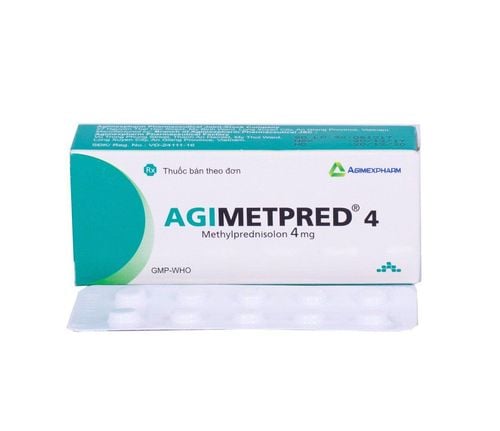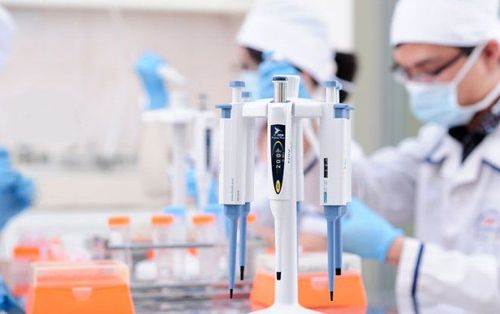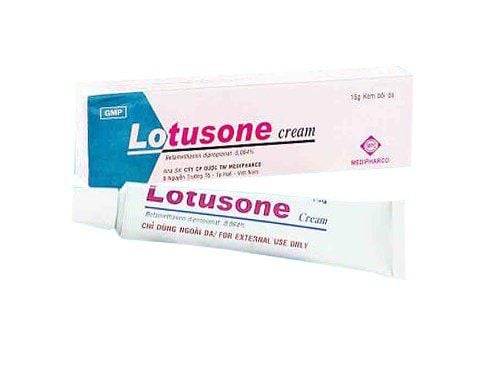This is an automatically translated article.
Antiphospholipid syndrome occurs which can be primary or secondary in autoimmune diseases such as systemic lupus erythematosus or other systemic autoimmune conditions, even causing pregnancy events. The diagnostic measure of antiphospholipid syndrome is to appoint the patient to be tested for the presence of antiphospholipid antibodies (aPL).
1. What is antiphospholipid syndrome?
Antiphospholipid syndrome has the English name Antiphospholipid syndrome - (abbreviation: APS). This is a systemic autoimmune disorder, typically with venous or arterial thrombosis or pregnancy events with the presence of antiphospholipid antibodies on laboratory testing. may be primary or secondary in autoimmune diseases such as systemic lupus erythematosus and other systemic autoimmune conditions. Antiphospholipid antibodies (aPL) are a group of different antibodies that directly attack phospholipid-binding proteins.
2. Measures to diagnose antiphospholipid syndrome
Tests to detect antiphospholipid antibodies include:
Detect anticardiolipin antibodies by ELISA technique. Detection of anti-beta2-glycoprotein I antibodies by ELISA technique. Lupus anticoagulant (LA) test. To diagnose a patient with antiphospholipid syndrome, in addition to testing, the doctor should pay attention to the clinical examination, ask the patient's history to find the related antiphospholipid antibodies.

Sét nghiệm Lupus Anticoagulant Screen để chẩn đoán hội chứng kháng phospholipid.
History:
Examine the patient's medical record, taking into account the nature and frequency of thrombotic events, the results of the female patient's antenatal follow-up, thrombocytopenia, and risk factors. Other risk factors for blood clots, such as: Previous use of oral contraceptives or a family history of blood clots. Occurrence of one or more venous or arterial thrombotic events, often occlusion of blood vessels in vital organs such as the lungs, brain, especially this condition reappears in young patients. Women with one or more recurrent pregnancy-related events, such as miscarriage in the first 10 weeks of pregnancy, preterm birth due to severe preeclampsia, or placental abruption. The patient's history of using heparin caused thrombocytopenia. The patient has photosensitivity, mouth sores, excessive hair loss, and Raynaud's phenomenon - typical symptoms of systemic lupus erythematosus. Clinical examination:
When the clinical examination shows the appearance of abnormal symptoms related to ischemia or infarction in the skin, visceral organs or central nervous system such as: Skin mottling (due to obstruction) cutaneous thrombosis), limb ischemia, gangrene, deep vein thrombosis, heart murmur, or neurological abnormalities.
Not everyone with antiphospholipid antibodies has associated symptoms or complications. Therefore, the diagnosis of antiphospholipid syndrome should be made based on two factors:
Presence of clinical signs and presence of autoantibodies. At a minimum, the patient must present with one clinical sign and one autoantibody.
3. Time to perform antiphospholipid control test
Indicating the patient to be tested as soon as the patient has clinical signs that are suspicious of the syndrome, then, will order the test at least 12 weeks after the first test to confirm the diagnosis.
Initial aPL test: Usually, the test is done right at the time of detection of a thrombus or a pregnancy event. Repeat aPL test: Indicated in patients with an initial positive test for antiphospholipid antibodies, retest after at least 12 weeks. Please follow the website: Vinmec.com regularly to update many other useful information.
Please dial HOTLINE for more information or register for an appointment HERE. Download MyVinmec app to make appointments faster and to manage your bookings easily.
Reference source: bthh.org.vn












